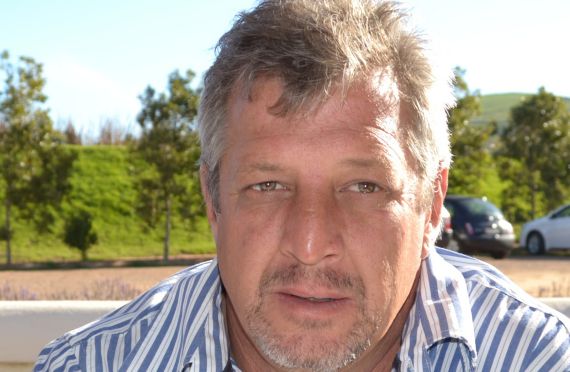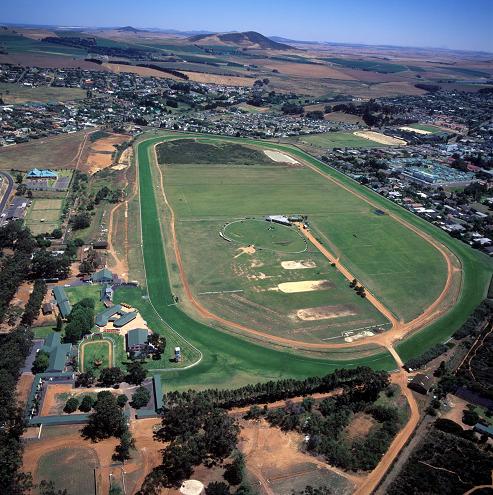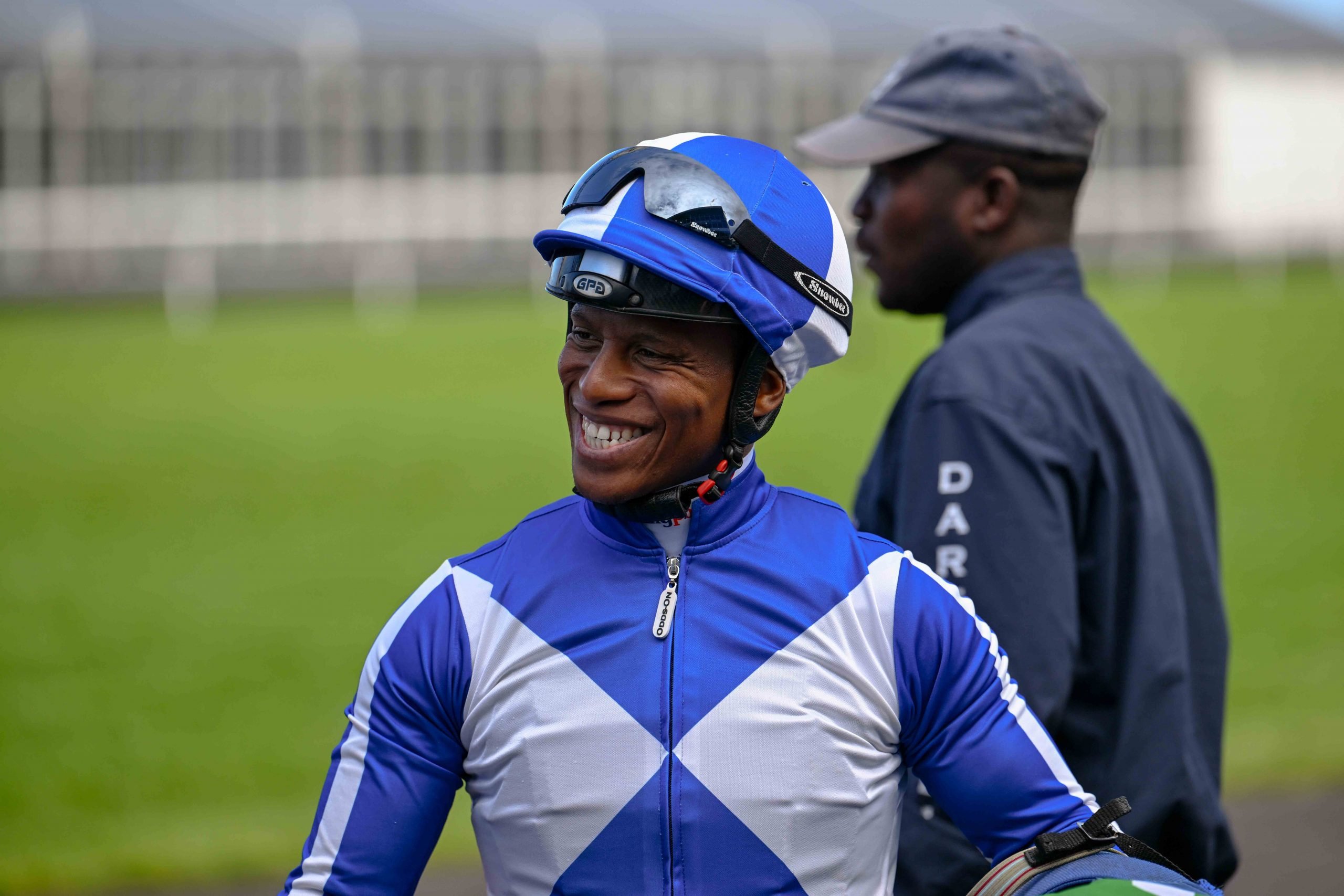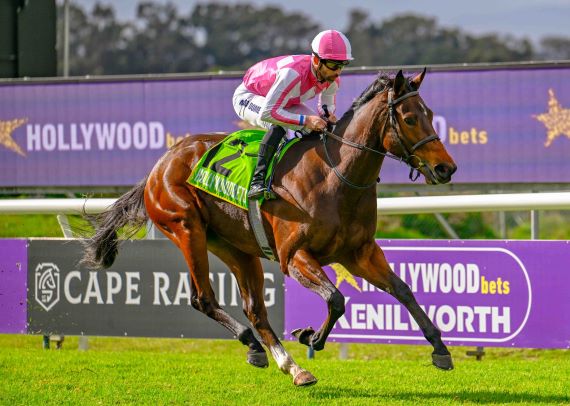In spite of the fact that the huge storm that buffeted Cape Town in June washed away some of the shoulders of the new track, Durbanville should still be ready to reopen for its 10-fixture spring season on 9 September, according to Dean Diedericks, general manager Kenilworth Racing.

Dean Diedericks – confident of meeting schedule
The Cape’s country course, known as a “specialist course”, closed for business in October last year for extensive refurbishment.
“We rebuilt the track because it was very undulating and there were areas that became waterlogged,” said Diedericks. “In consultation with roleplayers, like trainers and jockeys, we also lengthened and widened the home straight and built cross-falls, 3.5% on the bend and 2% on the straight. We believe the cross-fall on the turn will, to a large degree, remove the draw bias.

Durbanville
“We also created a dogleg for the 1000m start, which used to start right on the start of the turn,” said Diedericks. “And the finishing post is being realigned to provide a longer pull-up area.”
Subsurface drainage and a fixed irrigation system have been installed with the goal of making it into a “world-class racing facility”.
The initial plan was to revitalise the existing turf, so a nursery was set up on the inside of the track and the grass nurtured, “but we weren’t happy with it by the time we came to replant, so we imported grass,” said Diedericks. “The quality of the new turf is much better and the regrowth will be a lot quicker.”

The old turf will not to go waste, though, because Kenilworth Racing has made tentative plans to build a grass training track at Phillipi, which doesn’t have a grass training surface, or at Milnerton, where the grass track is only 1000m long.
The only work still outstanding, apart from fixing the shoulders, is to reinstall the optic fibre to the towers in the straight and on the bend, and then to wait, hope and pray the region gets enough rain for the new turf to grow and knit.
“Durbanville is nice for Cape Town racing because we accommodate gallops on alternate weeks for horses from Milnerton and Phillipi. Once the track is settled, we’re hoping to attract a better-quality horse to Durbanville, and that field sizes increase,” concluded Diedericks.








